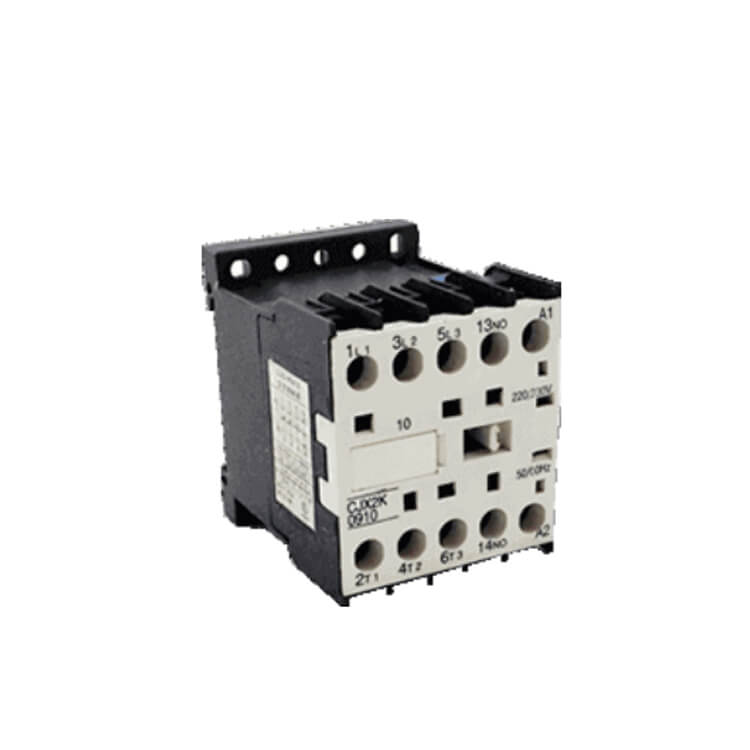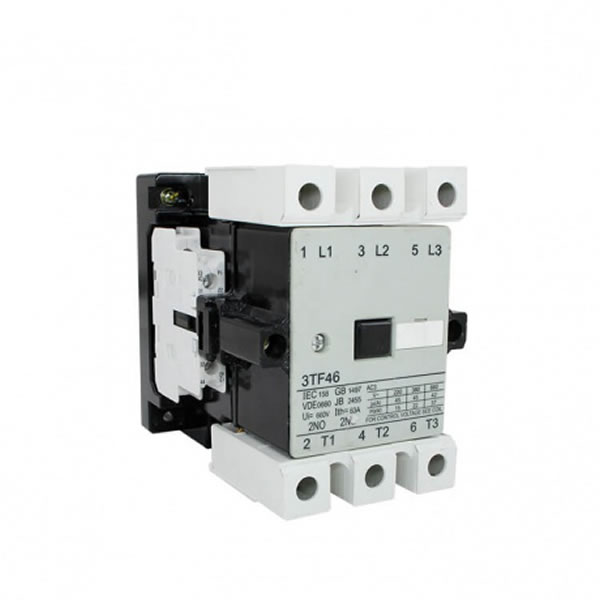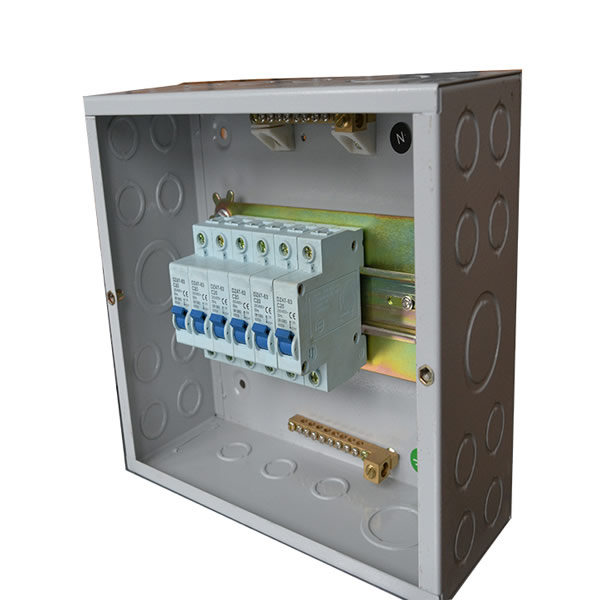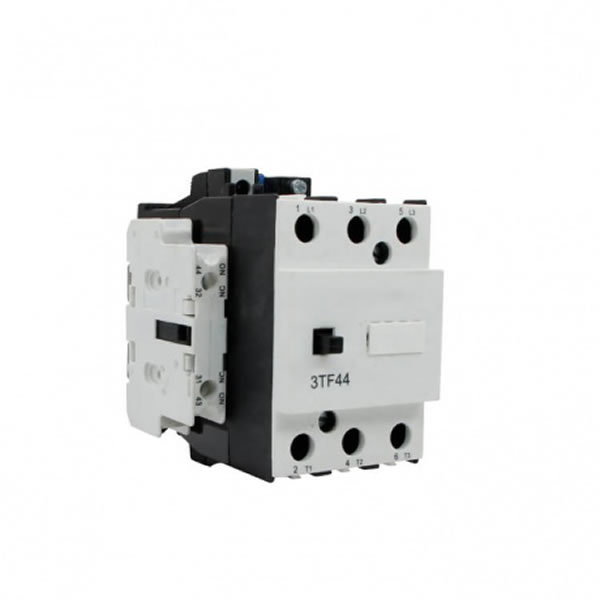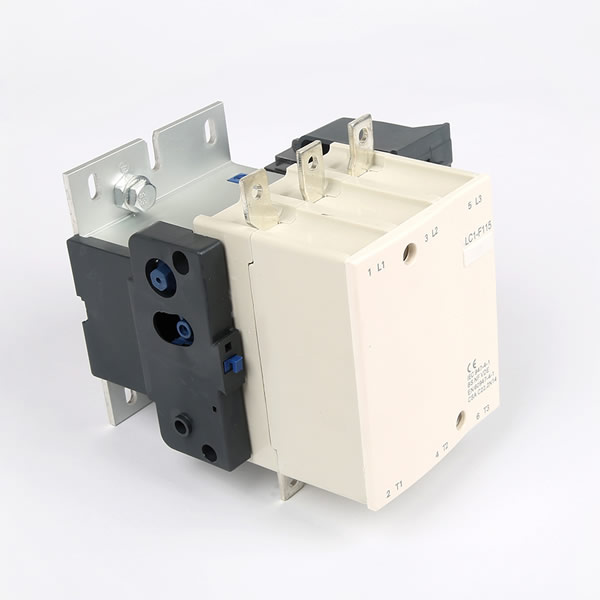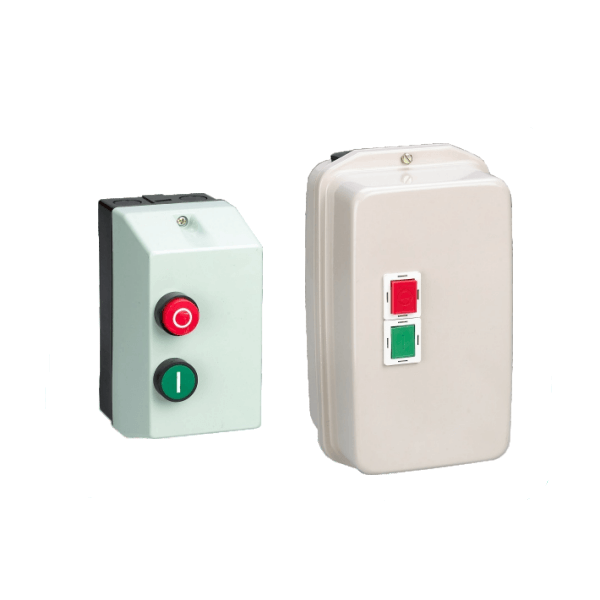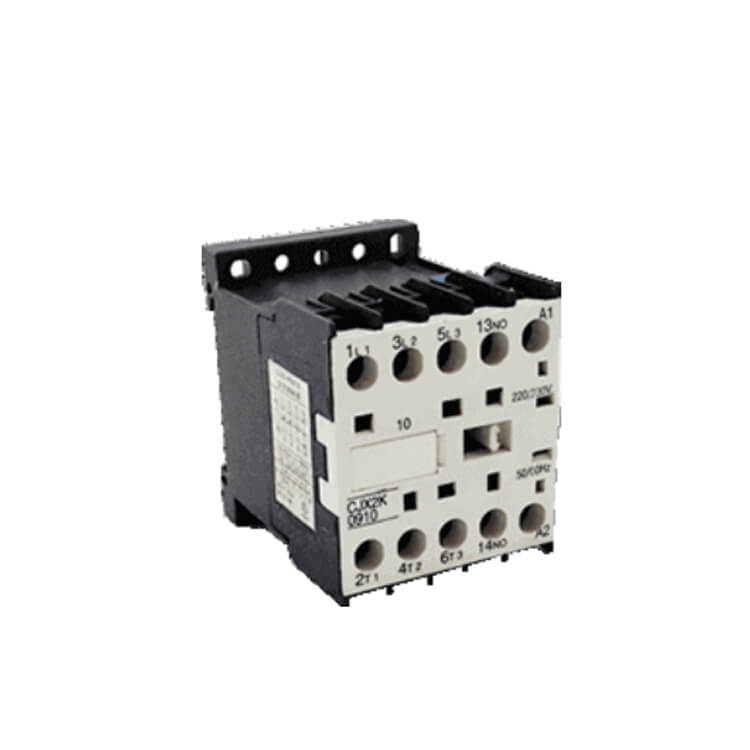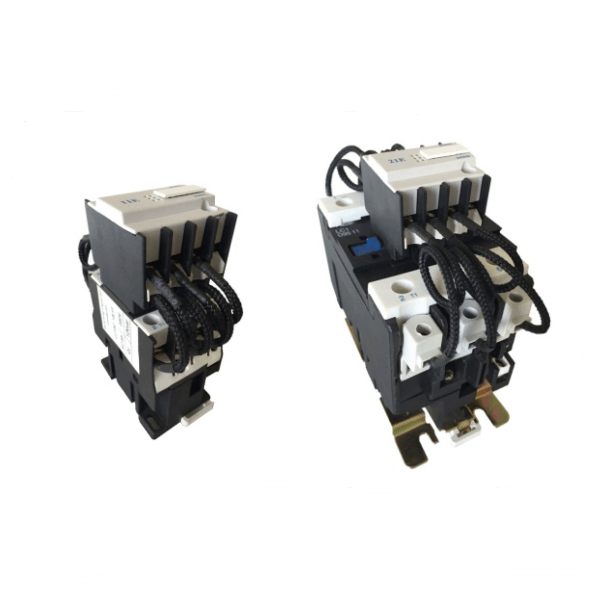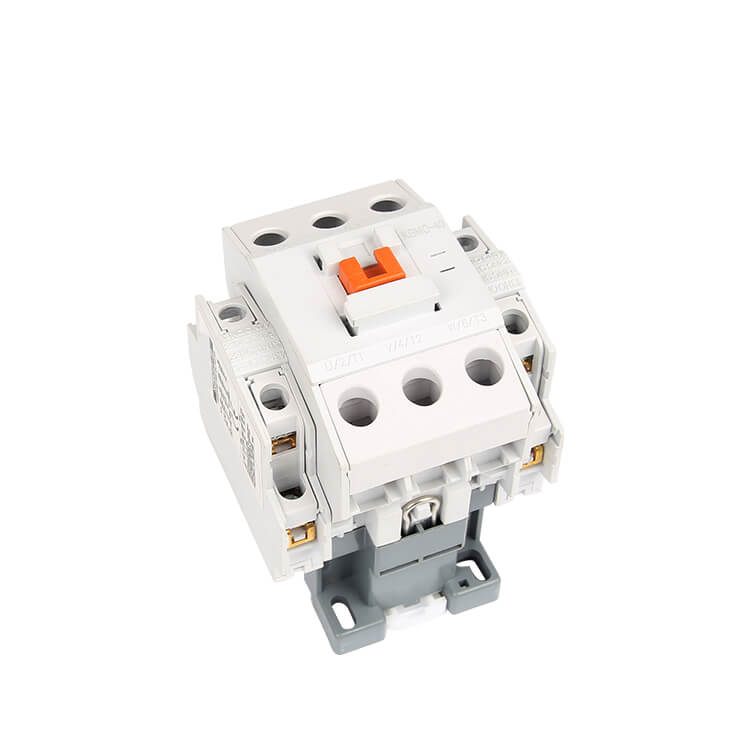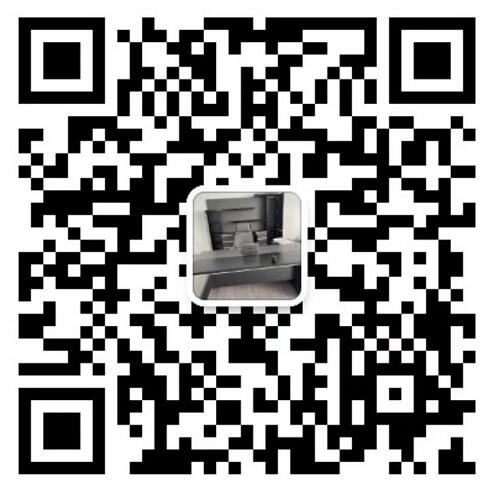Wiring requirements of distribution box
Wiring requirements of distribution box
Upper incoming line, lower outgoing line, main circuit on the left, control circuit on the right, horizontal and vertical. The exposed laying can take the sheath line, or through the pipe and trunking. The concealed laying is mostly through the pipe and hidden in the building wall or decorative wall.
There are exposed wires and concealed wires. The exposed wires can be sheathed wires, or through pipes and trunking. Most of the concealed wires are through pipes and hidden in the building wall or decorative wall. Generally, they are upper in and upper out or upper in and lower out.
Before the installation of the distribution cabinet, the environment in the control room shall be qualified, all interior decoration construction has been completed, and the room is clean and safe.
① After the distribution cabinet is transported to the site, organize unpacking inspection to check whether there is deformation and paint falling, whether the instrument components are complete, and whether there are defects in spare parts and instructions, and make unpacking records.
② According to the layout of the construction drawing, the switch cabinet shall be placed on the foundation section steel in sequence. After the rows of cabinets are in place, first align the cabinets at both ends, then stretch a small line at the two-thirds height from the bottom to the top of the cabinet, and align them one by one, taking the cabinet surface as the standard. 0.5mm shims shall be used for adjustment during alignment, and the number of shims Z at each place shall not exceed three.
③ After positioning and alignment, fix the cabinet according to the size of the cabinet fixing screw hole. The cabinet body and the cabinet body, and the cabinet body and the side baffle are connected with galvanized screws. The high and low voltage switchgear shall be firmly welded with the reserved angle steel. The exposed part above the cable interlayer shall be fully paved with checkered steel plate, and 1200mm shall be used in front and back of the cabinet × 10mm (width) × Thick) insulation shall be fully paved.
④ The levelness deviation of the top of two adjacent cabinets of the switchgear shall not be greater than 2mm, the levelness deviation of the top of all cabinets shall not be greater than 5mm, the edge unevenness of two adjacent cabinets shall not be greater than 1mm, the unevenness of all cabinets shall not be greater than 5mm, and the joint between cabinets shall not be greater than 2mm.
⑤ After the equipment is positioned, the internal fasteners shall be tightened and checked again, especially at the conductor connection end. After the wiring in the cabinet is completed, remove the sundries in the cabinet with a vacuum cleaner, keep the inside and outside of the equipment clean, and accurately identify the equipment tag number and circuit number.
After the distribution cabinet is installed, install the bridge above the cabinet. The opening position of incoming and outgoing cables of the distribution cabinet shall be reserved by the supplier according to the size. Close after cable laying. The bridge and grounding busbar in the cabinet shall be reliably grounded with special grounding wire. The connection between bridge and distribution box (cabinet) is connected with rubber plate to protect wires and cables. The secondary circuit wiring distribution cabinet shall complete the secondary circuit wiring and relevant detection tests in the cabinet before leaving the factory. After the distribution cabinet equipment arrives at the site, it shall be timely organized for acceptance under the supervision and guidance of Party A's on-site engineer and supervisor. The relevant technical documents shall be complete, the distribution cabinet shall be well packaged and sealed, all components shall be complete and intact, and the wiring shall be reliable. After the distribution cabinet is installed and fixed, the secondary wiring circuit of the distribution cabinet shall be subject to insulation test one by one. 500V insulation test instrument shall be used for the test, and the test result shall be greater than 1m Ω. All secondary circuit control wires or cables shall be multi strand soft copper wires, and the wiring terminals shall be of appropriate specifications. After tin ironing, they shall be crimped with special crimping pliers, and neutral flux shall be used during tin ironing.
Other requirements:
① The installation of drawer type switch cabinet shall also meet the following requirements: a. the drawer shall be pushed and pulled flexibly and easily without jamming and collision; b. The center line of the moving contact is consistent with that of the static contact, and the contact is in close contact; c. The mechanical interlocking or electrical interlocking device of the drawer operates correctly and reliably to ensure that the isolation contact can be separated only after the circuit breaker is opened; d. The grounding contact between the drawer and the cabinet is in close contact; When the drawer is pushed in, the grounding contact of the drawer contacts first than the main contact, and the procedure is the opposite when pulling out.
② Before the insulation test of the secondary circuit of the distribution cabinet, carefully check the design drawings, and the vulnerable components in the cabinet shall be disassembled in advance.
③ During the installation of distribution cabinet, the paint layer shall be complete without damage, and the lighting in the cabinet shall be complete.
④ All equipment enclosures in the substation room shall be well grounded.
Although the installation steps seem cumbersome, each step is indispensable. Only by following the above steps one by one can we ensure the completion of the installation of the distribution cabinet.
